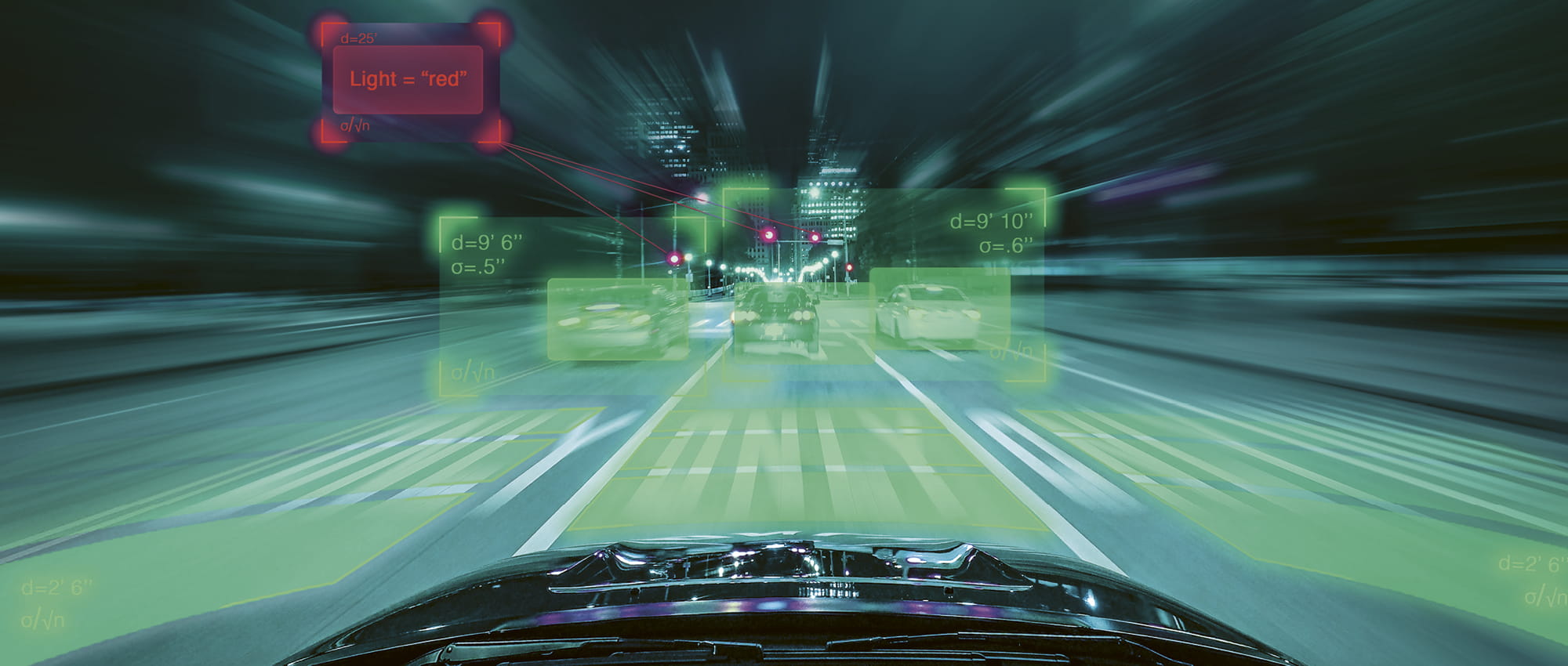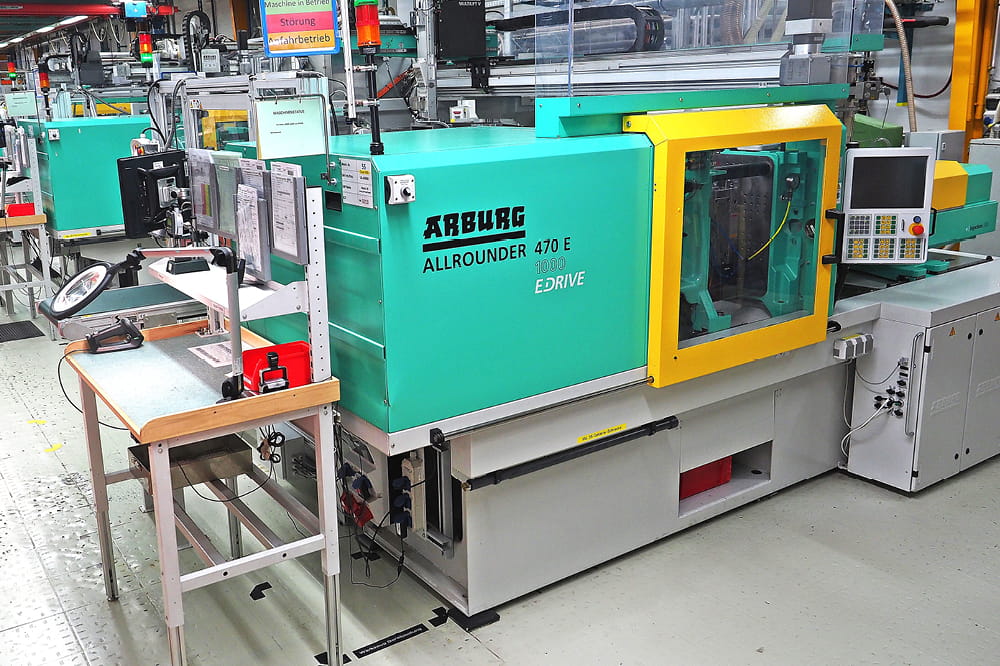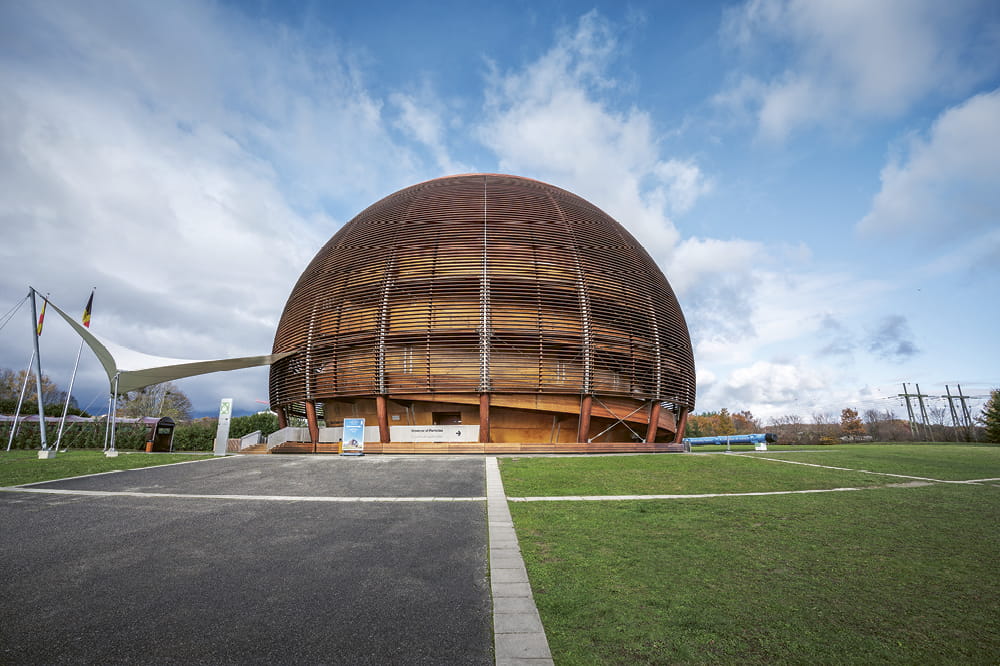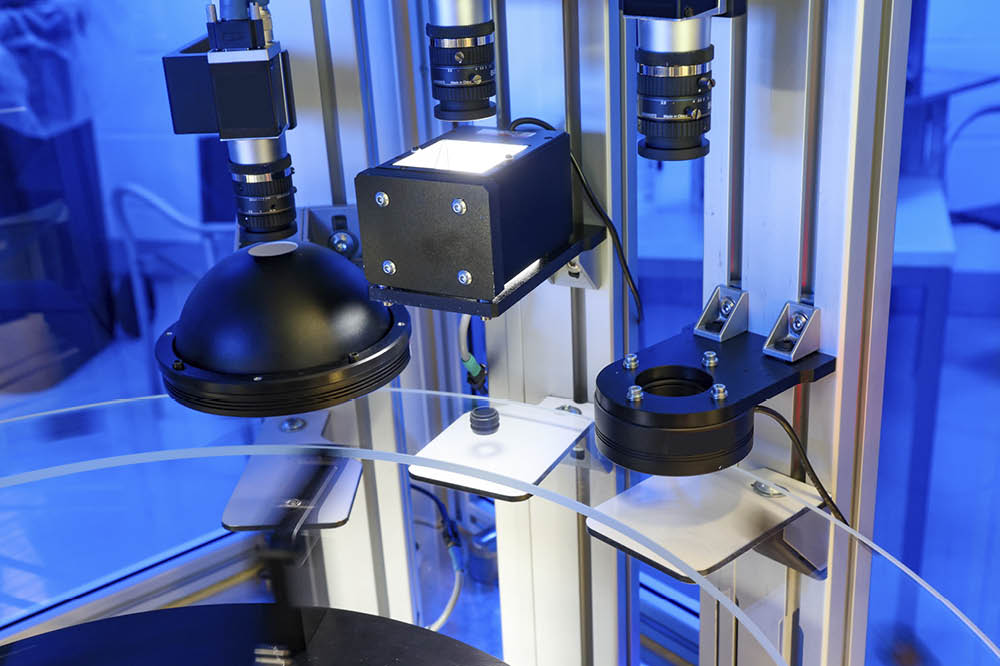Obtain news and background information about sealing technology, get in touch with innovative products – subscribe to the free e-mail newsletter.

AI: Accelerator for the Auto Industry
Artificial intelligence is revolutionizing software development in the auto industry, which largely thinks in terms of if-then relationships. The new algorithms are not just being used for highly automated driving – they’re expected to solve nearly any problem that classic control engineering is unable to handle.
A solid line could easily have thwarted Daimler’s grand spectacle. In 2013, when Daimler engineers equipped an S-Class so it could retrace Bertha Benz’s historic ride automatically, the project largely went well. The vehicle moved cautiously through Ladenburg’s city traffic and didn’t drive too closely to other vehicles out on the highway. It was only when a delivery vehicle blocked the lane that the rolling supercomputer became an obstacle to traffic. Then it adhered strictly to the traffic rules envisioned by its creators, which stipulated that a continuous line must not be crossed. At that point, if not earlier, it must have been clear that autonomous driving would never work in an urban environment if you stick with classic control technologies. It is simply impossible to program a machine to be prepared for any possible circumstance or hazard during city driving. This requires software that solves rule-related conflicts based on experience. The required algorithms are artificial neuronal networks that are trained with machine learning.
Highly automated driving: Artificial intelligence is a decisive factor in the development of self-driving vehicles. © istockphoto: 3alexd
From If-then Relationships to Machine Learning
The use of artificial intelligence for highly automated driving starts with the unequivocal recognition of what the sensory “eyes” of the car see. Machines must take pains to learn something that comes naturally to small children. Deeply layered neuronal networks provide the key to computer-supported image recognition. They rely on a multilayered system based on the smallest possible computing units, the so-called neurons. Each neuron passes its findings on to the neurons in the underlying layer, and the rules governing the way they are calculated and forwarded change continuously. Neuronal networks really can’t do anything at first – they have to be trained. They can only differentiate a dog from a cat once they have seen images of many breeds of dogs, but the process can be extensively automated by feeding the machine images and the associated image descriptions from a photo database, for example. The more layers that a neuronal network has, the more complex the learning processes, which make all this possible. That is where the much-used phrase “deep learning” comes from.
With AI, machine systems could soon take over control temporarily, even if only on certain stretches of road, the so-called operational design domains, or ODDs. They are a specific type of road in a clearly delineated geographic region. At that point, at the very latest, AI computers will be in vehicles for the first time. They rely on high-performance chips that have their origins in the world of computer games. Their graphic processors are capable of carrying out a great many computing operations in parallel, making them perfect for neuronal networks where computing processes take place in many small steps.
Growth in Assistance Systems and Components
Artificial intelligence is coming into use in many other areas of the auto industry, according to Patrick van der Smagt, who leads a research group at the Volkswagen Data Lab in Munich. “Artificial intelligence is not just of interest for autonomous driving, but also for many facets of our company, whether in production or replacement parts supply.” As an example, he cited an internal contract for software for an electric racing vehicle. It forecasts when the battery will be completely discharged. “It is important to have completely used up the energy contained in the battery at the end of the race, without coming to a stop prematurely,” he said. “This cannot be solved with classic control technologies.”
The Porsche Data Lab in Berlin is working on another application. Claudio Weck is pursuing this approach that the sound of a system often reveals more about its technical condition than its outer appearance. If you train an AI system specializing in pattern recognition with typical sound images, it can recognize deviations and trigger an alarm. “Every technical system has its own acoustical fingerprint,” Weck said. “Deviations are almost always indications of a distinct change in the system’s behavior.” Whether the field is predictive maintenance or production control, whether it is automated translation of training material or financial control of marketing measures, there is hardly an area in the auto industry where AI cannot be used. The primary growth is in the market for components that enable assisted or semi-autonomous driving, including control units, cameras and sensors. According to a McKinsey study, this segment of the supplier industry is expected to grow from the current US $8-12 billion to US $80 billion.
This article originally appeared in ESSENTIAL, Freudenberg Sealing Technologies’ corporate magazine that covers trends, industries and new ideas. To read more stories like this, click here.
More Stories About Digitalization

Join Us!
Experience Freudenberg Sealing Technologies, its products and service offerings in text and videos, network with colleagues and stakeholders, and make valuable business contacts.
Connect on LinkedIn! open_in_new










